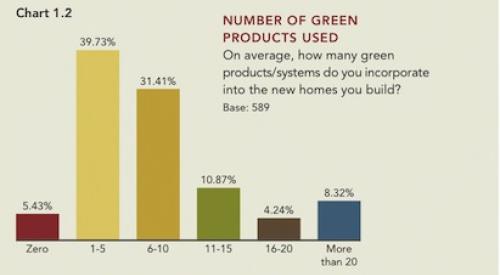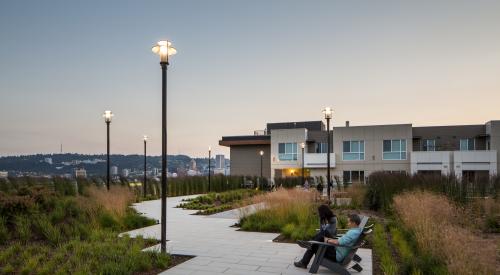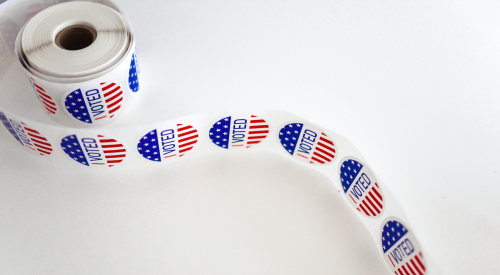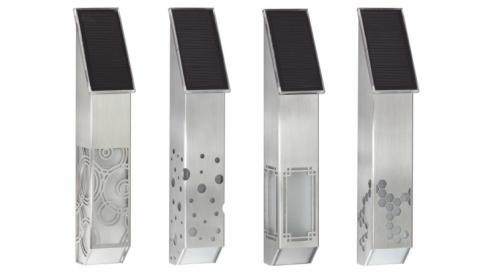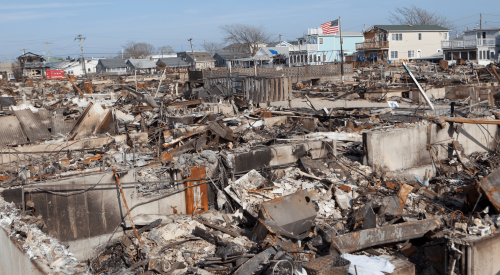In partnership with the National Association of Home Builders, Dodge Data & Analytics’ 2017 report on green building shows that more than 60 percent of home building projects from 33 to 36 percent of single-family and multifamily builders, are green.
The survey data forecasts that by 2022, the percentage of “dedicated green” single-family builders (those doing over 90 percent of their projects green) will be 31 percent; the percentage of dedicated green single-family remodelers will have nearly doubled from 12 percent to 23 percent; and for multifamily builders, the figure will have risen from 29 percent to 40 percent.
More than half of multifamily builders (54 percent) cite marketing advantages as a driving factor for building green homes. Single-family builders find green homes 34 percent easier to market, while 29 percent find it more difficult.
Higher initial costs are a smaller obstacle for single-family builders than in the past, while multifamily builders still struggle with first costs and see financial incentives from government or utilities as an important driver for future green building.
All respondents cited energy efficiency as the most important practice for improving home performance, with healthier indoor environment a strong second. Single-family respondents also consider durability important, and multifamily respondents place greater weight on water efficiency.
Roughly one-quarter of single-family builders are currently using ground source heat exchange and solar technologies, and more than 40 percent expect to do so by 2019. Net zero projects are also becoming more popular. Twenty nine percent of respondents have built a net zero, near net zero, or net zero–ready home since 2015, and by 2019 that number is expected to nearly double to 56 percent. Another reason for the rise in net zero homes is the increasing use of renewable technologies, such as solar panels. In two years, the percentage of builders that used these panels increased from 19 to 23 percent. Nearly half (43 percent) of the builders surveyed expect to use this technology in the future. “These findings show that green building has become an established part of the residential construction landscape,” NAHB chairman Granger MacDonald said in a statement. “It is no longer a niche business; our members recognize the value of building green and are incorporating these elements into their standard business practices.”


